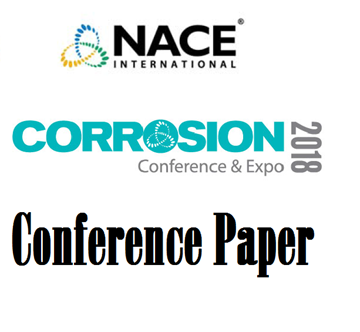Search
Products tagged with 'thermal fatigue'
View as
Sort by
Display
per page
51318-11086-Failure of RFCC Catalyst Cooler Aeration Piping System (Cat Cooler Internals)
Product Number:
51318-11086-SG
Publication Date:
2018
$20.00
Investigation of Platformer Reactor Nozzle Cracking
Product Number:
MPWT19-15243
Publication Date:
2019
$0.00
Stress-Assisted Corrosion Of A Superheater Tube: The Role Of Thermal Fatigue Cracking And Crevice Corrosion In The Failure Mechanism
Product Number:
51321-16530-SG
Publication Date:
2021
$20.00



